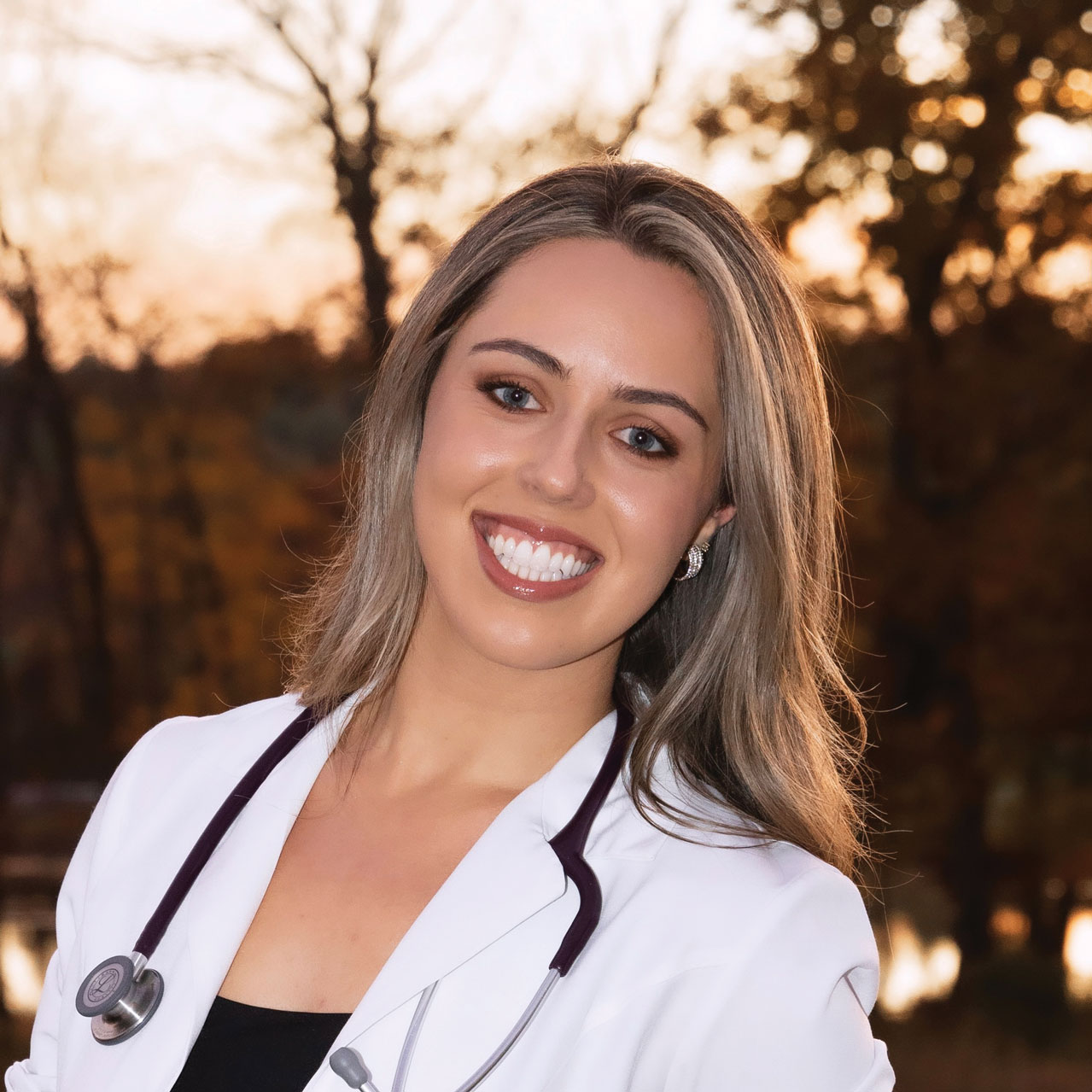It’s no secret that the Boston area is a global hub for health care, home to some of the world’s best hospitals, community health centers, and public health agencies. At the Connell School of Nursing (CSON), this wealth of opportunity provides fertile ground for one of the nation’s most robust and innovative clinical education programs.
Through the work of CSON’s dedicated team of clinical placement specialists and faculty program directors, every undergraduate and graduate student is paired with the right hands-on clinical placements and preceptors for their career goals and licensure needs. These clinical experiences form the backbone of a robust nursing education—the vital intersection where classroom learning becomes patient care and research meets practice.
Clinical education, by the numbers
750
total hours of clinical rounds for M.S. and D.N.P. students
720
total hours of clinical rounds for undergraduate/prelicensure students
~400
CSON students involved in clinical placements each semester
85+
clinical partners across the Boston area
4
dedicated clinical placement staff
Uncommon support
As the Connell School’s assistant dean of clinical placement and community partnerships, Dany Hilaire leads a dedicated team of placement specialists who work to create and maintain relationships with preceptors and health care organizations around the region, many of whom have mentored Boston College students for years.

Hilaire and her colleagues work closely with CSON’s faculty program directors to match each undergraduate and graduate student with the placements they need. This is a crucial process, and not a simple one—every placement must meet licensure requirements, and every student must complete a specific set of clinical hours to pass the National Council Licensure Examination (NCLEX) or their nurse practitioner board certification.
“We meet with the program directors weekly to make sure we’re facilitating the right placements for each student,” Hilaire said. “We take their preferences into consideration, but we also think about which placements would be a good fit for them and what they need to sit for their exams and graduate on time.”
At the undergraduate level, many schools of nursing do the hard work of finding preceptors and clinical placements for their students, but the Connell School is among a select group of nursing schools with the resources and bandwidth to find placements for graduate students as well. Hilaire and her team also secure placements for future nurse practitioners in the Doctor of Nursing Practice program and students in the Advanced Generalist Master of Science in Nursing program, including those on the direct-entry track, who are new to the field of nursing and might find it difficult to navigate the nuances of finding their own clinical placement.
“It’s a great benefit that we’re able to facilitate these placements for students,” Hilaire said. “We do it well, and it relieves the stress on students to find their own preceptor amid everything else they have to do.”
Wide-ranging experiences
Connell School students complete clinical rotations in three different kinds of settings—at hospitals, community health agencies, and providers that care for specialized populations, like the VA Boston Healthcare System, the renowned Boston Health Care for the Homeless program, and McLean Hospital, which U.S. News & World Report ranks number two in the nation in psychiatry.
Through these diverse opportunities, undergraduate and master’s students gain a sense of where they might like to work after graduation, and D.N.P. students build specialized expertise in the area they plan to practice in as nurse practitioners.

Sarah Dominique, D.N.P. ’25
CLINICAL PLACEMENTS: Mattapan Community Health Center and Cambridge Health Alliance
“As a Black, Haitian-American provider, my patients and my preceptor look like me and share my culture and language. In a field that lacks diversity and where many birthing people of color are failed by their providers during and after childbirth, I can communicate, relate to, and understand my patients, and—most importantly—escalate their health care needs alongside my preceptor.”

Christina Maria O’Connor González-Rubio, D.N.P. ’25
CLINICAL PLACEMENTS: Family Health Center of Worcester and Middlesex School
“The preceptors are spectacular. They’ve provided unwavering guidance, support, and mentorship. They’re role models for the empathy and advocacy I aspire to embody as a future nurse practitioner.”
The simulation lab
In CSON’s state-of-the-science Simulation Lab, students begin preparing to practice before they ever set foot in a clinical setting. Housed within Maloney Hall, the Simulation Lab’s realistic and fully equipped exam rooms and surgical suite offer a risk-free, faculty-observed space where students practice skills ranging from patient diagnosis to preterm infant delivery on responsive computerized manikins. Graduate students also perform simulations with live patient actors, honing advanced clinical skills like differential diagnosis.
“In my past roles, I have noticed how much more prepared BC students are in the clinical setting,” said Hilaire, who was previously the director of research and academic affiliations at Brigham and Women’s Hospital. “I think it’s because of the work that we do here to prepare them and the collaboration that the faculty have with the lab and our clinical partners.”
About CSON learning spaces
2,000
square feet of learning space in the Brown Family Learning Laboratory
4
simulation rooms that resemble a pediatric exam room, adult hospital room, maternity room, and surgical suite
5
primary care exam rooms where simulations involving live actors take place


